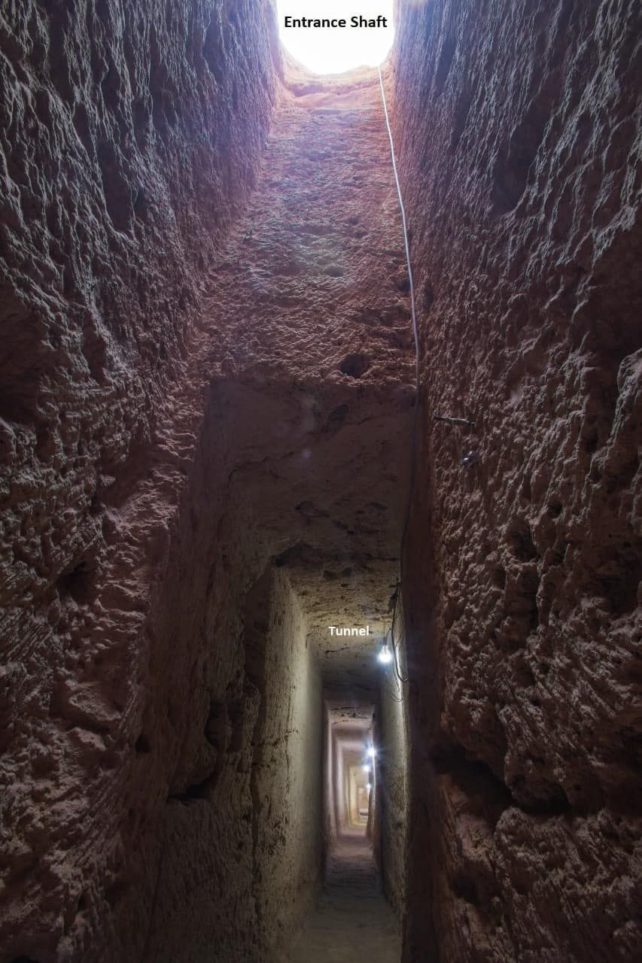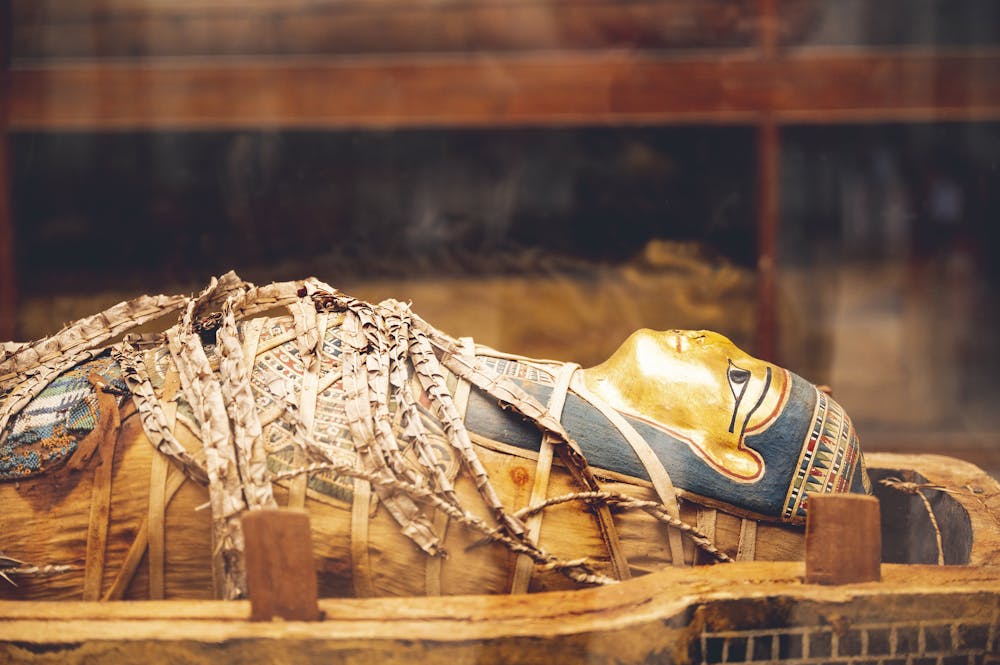The mummification of Cleopatra VII, the last Pharaoh of Egypt, has been a subject of considerable historical intrigue. Based on a detailed analysis of various sources, this report examines the available evidence to determine whether Cleopatra was indeed mummified.
Historical Accounts and Evidence
Mummification Practices and Cleopatra's Burial
According to historical texts, notably those of Plutarch and other ancient writers, after Cleopatra and Mark Antony's defeat by Octavian, they were allowed to be buried together. These sources suggest that Cleopatra's burial followed traditional Egyptian royal practices, which typically included mummification[4][8]. This is supported by the narrative that posthumous honors were afforded to her, which would have included mummification and a ceremonious burial[8].
Archaeological Discoveries

Archaeological explorations led by Kathleen Martinez at the Taposiris Magna temple have uncovered significant artifacts, including mummies, coins, and inscriptions related to Cleopatra, suggesting her association with the site. However, definitive evidence linking these mummies to Cleopatra herself remains elusive[1][2][3][5][9]. Martinez's excavations have found clues pointing towards Cleopatra's potential tomb but have yet to definitively prove her mummified remains reside there[3][5].
Contradictory Views

Zahi Hawass, a prominent Egyptologist, has argued against the likelihood of Cleopatra being buried at Taposiris Magna, suggesting instead that her tomb was submerged underwater near Alexandria. This standpoint complicates the determination of whether her remains were mummified since the underwater burial could imply different preservation conditions[4][7].
Mummification Process

Traditional Egyptian mummification involved the drying of the body using natron salts, removal of internal organs, and wrapping in linen[3]. Given Cleopatra's status, it is likely that she would have undergone such a process. Historical sources generally agree that Cleopatra and Antony were interred in a mausoleum with the anticipated honors, but direct descriptions of her mummification are absent.
Contemporary Findings
Reports of mummified remains in the vicinity of Cleopatra's potential burial site provide indirect evidence. For instance, multiple mummified bodies found in the Taposiris Magna temple might imply burial practices consistent with Cleopatra's era, heightening the plausibility that she was similarly entombed and preserved[3][5][10].
Plutarch's Testimony

Plutarch, writing decades after Cleopatra's death, provides detailed accounts of her final days and suicide, emphasizing her burial alongside Antony in a mausoleum[4][8][10]. Despite the ceremonial context described, Plutarch does not explicitly confirm her mummification within his narrative, leaving some ambiguity.
Conclusion
There is substantial circumstantial evidence to suggest Cleopatra was mummified, drawn from traditional Egyptian royal practices and funerary customs described in historical texts. Despite the absence of direct, unambiguous proof, such as a discovered mummy definitively identified as Cleopatra, the alignment of archaeological findings and historical writings strongly supports the likelihood of her mummification.
The search for Cleopatra's tomb continues, with potential discoveries at Taposiris Magna and submerged sectors of ancient Alexandria providing hope for future confirmation[1][2][4][7][10]. Until then, the consensus based on existing evidence leans towards Cleopatra having been mummified in line with her royal status and the customs of her time.
Get more accurate answers with Super Search, upload files, personalized discovery feed, save searches and contribute to the PandiPedia.
Let's look at alternatives:
- Modify the query.
- Start a new thread.
- Remove sources (if manually added).
- Request a manual search from our human research team.